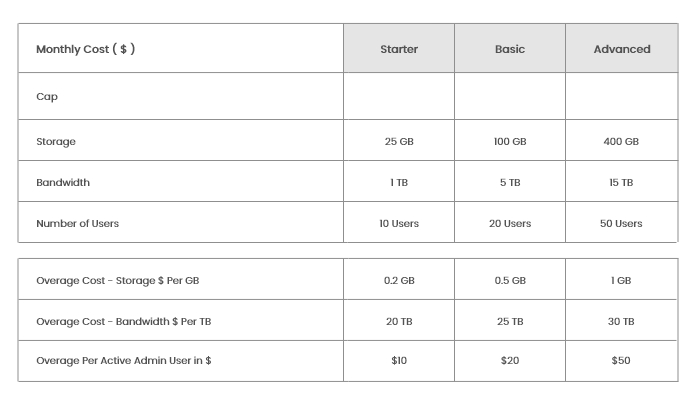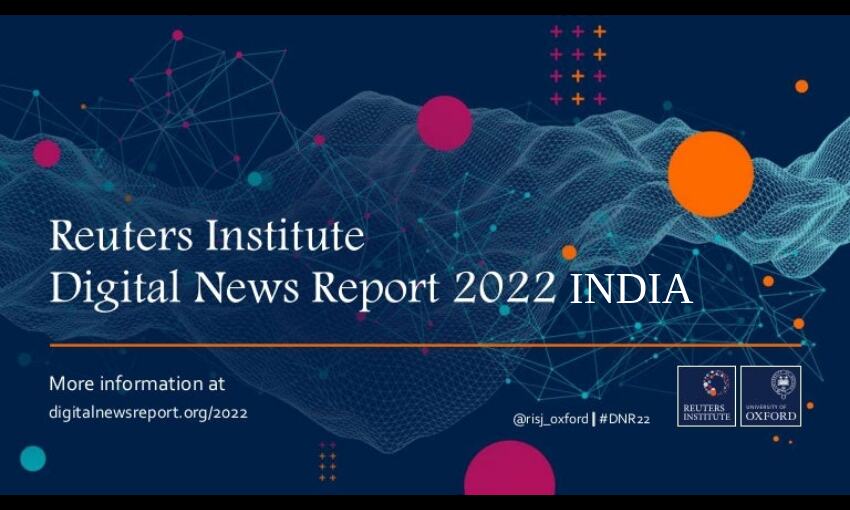



Reuters Digital News Report 2022 Summary on India
Every year Reuters Institute for the Study of Journalism publishes a report on Digital News, this blog covers India
Reuters have published its Digital News Report for the year 2022. They have done an excellent job bringing out the strengths, weaknesses, opportunities, and weaknesses currently in the digital publishing world that will crop up in the upcoming year. The report by itself is 164 slides in total. We did the task of going through them all and presenting you with excerpts from the report. Though the report offers a 30-page executive summary for people who have less time to spend reading, we are here to make it shorter and crisp that can be consumed in a blog series. Please read our other blogs covering major topics of interest that can boost the growth of your digital publishing house.
We have Previously published a separate blog Takeaways and Summary from Reuters Institute Digital News Report 2022 and this blog focuses on analytics and report summary of India.
Indian Overview and Analysis:
Indian media are diverse, with numerous outlets operating in English and multiple regional languages. The sector has been hard hit by the pandemic, with falling advertising revenues and widespread journalistic layoffs. Despite a devastating second COVID wave, which also claimed the lives of several journalists, the sector is showing signs of recovery. Television brands NDTV 24x7, India Today TV, and BBC News are the most popular offline brands with our mostly English-language internet-using survey respondents, along with national newspapers such as the Times of India, Hindustan Times, and The Hindu. Print and broadcast television channels are self- regulated in India, with several television channels infamous for sensationalizing news and conducting polarized debates. Print media recovered from the pandemic slump with an overall reported revenue growth of 20% in 2021,108 including a strong bump from advertisements.
Legacy vs Digital Domination:
Legacy media platforms, however, are up against fierce online competition from burgeoning, digital-native firms that value independent journalism. In addition to commercials, many rely on non-profit revenue streams including grants and reader donations. Newslaundry and other digital-native brands are solely supported by subscriptions and contributions. While Newslaundry completely avoids editorial opinions and believes in portraying many viewpoints from the ground, The Wire adopts strong editorial positions that are anti-establishment and investigative in nature. The Quint strives to forge community relationships through its citizen journalism programmes and fact-checking services, in addition to providing daily news, whereas The News Minute specialises in news from South India. Advertising and subscription income both increased by 29% in 2021, driving the overall expansion of the digital sector.
Mobile first and Social Media:
In India, where just 35% of people use computers to obtain news, there is a heavy emphasis on mobile devices. Platforms and apps that aggregate news, such Google News (53 percent), Daily Hunt (25 percent), InShorts (19 percent), and NewsPoint (17 percent), have grown to be significant sources of information and are highly regarded for their practicality. A sizable portion of the audience indicated that they use WhatsApp (51%), YouTube (53%), and other social media platforms to access news. TikTok and several other Chinese short-form video apps were prohibited in 2020 for security grounds; they were replaced with domestic applications like Moj, Roposo, and Josh as well as platform-based features like Instagram Reels.
Press Freedom in India 2022:
The World Press Freedom Index 2022 places India at 150th, down eight spots from the previous year, signalling difficult times for the country's press freedom. In the presence of armed police, the independent Kashmir Press Club (KPC) was forcibly taken over in January; the Editors Guild of India criticized the action as a continuation of "the continued trend to crush press freedom. The Ministry of Information and Broadcasting has, in the meantime, created new accreditation regulations for journalists, which specify, among other requirements, that accreditation could be stopped if employment is considered to undermine the wider interests and sovereignty of the nation. The Supreme Court of India established a committee to look into claims that Pegasus spyware was used on journalists, activists, students, and members of the civil society in the nation in an effort to allay concerns about the right to privacy and freedom of speech of its residents.
Trust:
India registered a small increase in news trust, improving its overall position among the 46 markets. Legacy print brands and public broadcasters, such as DD News and All India Radio, continue to enjoy high trust among the survey respondents, while 24-hour television news channels are less well trusted – along with newer digital-born brands like The Print and The Wire.
📣 You can also follow us on Twitter, Facebook, Instagram, Youtube and LinkedIn for further updates

